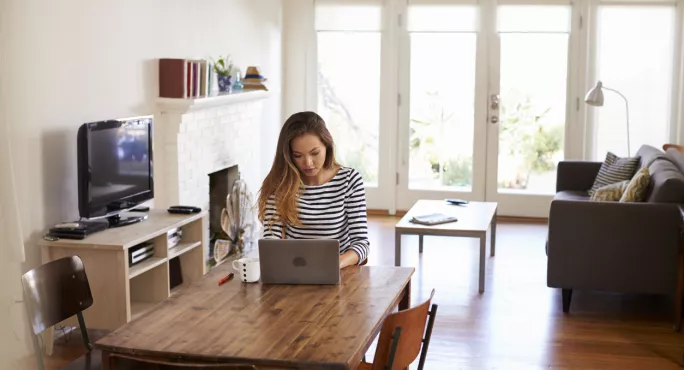Coronavirus has already caused the closure of schools across the world and it may be that even more schools will have to close in the coming months.
What can you do to ensure education continues?
The key is not to panic and instead consider how you can continue to engage with students and help them learn, irrespective of external factors.
News: Could GCSEs and A levels be disrupted by Coronavirus?
Opinion: In Milan, we should be opening, not closing, schools
Read more: Coronavirus – to close or not to close schools?
1. Cloud tools
There are many online tools that allow teachers to engage with students remotely and that should be incorporated into teaching life so they can be used quickly and confidently, whatever external circumstances are affecting a school.
For example, Google Meet can be used to check attendance, while Google Classroom lets you upload resources, set deadlines, allows students to turn in work they have done and, importantly, lets you mark it and send back the corrections, allowing you to ensure that they have studied the topic.
You can also set exam questions and correct them (good for exam focus) using platforms such as Edpuzzle. In terms of assessment, Edpuzzle is especially useful, since you can ask questions throughout and require students to send answers back to you.
Microsoft Office 365 is often available to teachers. It allows you to set up classes on Teams and to use OneNote to assign classwork to students. When they complete the assignment, you can mark it on the same document, too.
2. Go over familiar ground
If the disruption is fairly short in length, you can probably focus more on reinforcing and consolidating previous knowledge and concepts.
That way, since they have already studied these topics, students feel more confident to work independently.
Again, using technology tools can help here as you can set quizzes and mark them, and provide feedback as if in a classroom. Such tools also enable teachers to spot students who are struggling in certain areas, or those that could be pushed further – just as you would in the classroom.
3. Start exploring flipped learning
However, if the disruption is likely to last a long time and you have to start covering new content on a syllabus, flipped learning is a great way to do this.
First, prioritise which units would need to be taught in class and which ones could be learned independently. Then choose websites carefully, in which explanations are well given and examples and exercises are clear. There are many websites, and especially videos on YouTube, that can help to teach students and encourage them to gain independence.
Tes recently explored whether YouTube could become a key teaching tool – read more here.
Using videos allows you to focus on the practical side of the subject and give constructive feedback on what they need to do next or how to improve.
You will need to direct them to specific sites, though – just saying “learn about this” won’t work.
You can also implement such methods in your usual teaching practice. You’ll be surprised how well students can react to this.
4. Practise using these tools before they are needed
My final piece of advice would be to try to practise all of the above – for yourself and, crucially, with students – long before an incident occurs.
That way, you will know how things work and students will have been tutored by you on how to use these tools effectively.
Otherwise, if you try to implement all of this from home during a crisis and the students have never used it, things could prove difficult and you are likely to have some learners claiming they can’t get the tools to work.
Hopefully, large-scale disruptions are rare but, as the past months have shown, you can never guarantee what might happen – so it is always best to be prepared.

